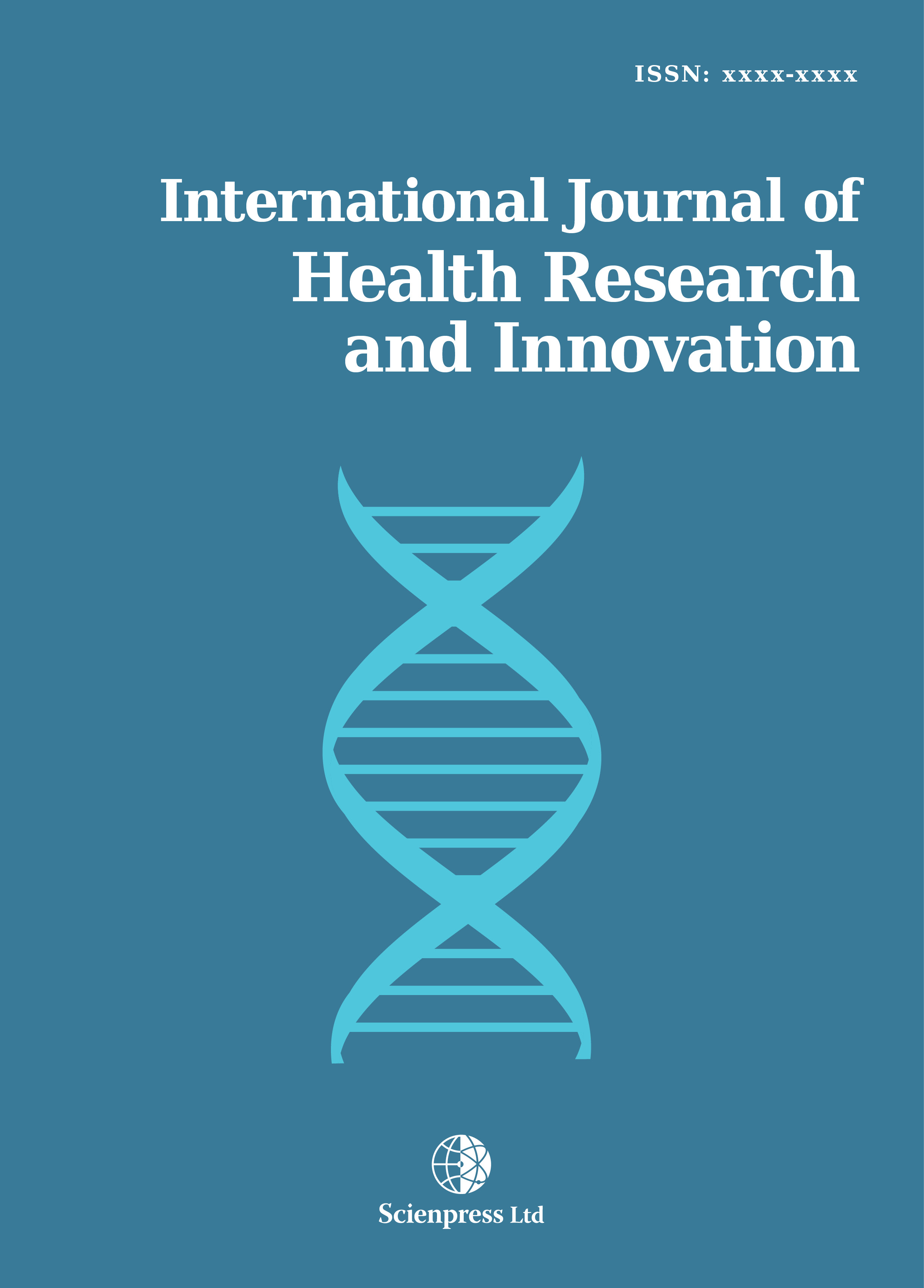International Journal of Health Research and Innovation
Analyzing Child Survival in Ghana
-
 [ Download ]
[ Download ]
- Times downloaded: 10763
-
Abstract
Efforts aimed at reducing child mortality in developing countries, including Ghana, are not likely to meet the criteria set under the Millennium Development Goals Four. Part of the problem is the non-availability of adequate data and absence of rigorous statistical analysis. In this study, non parametric Survival analysis techniques, using a moving cohort, with some of the data right-censored, were used to estimate the survival and hazard functions and identify associated risk factors. The Weibull and Log-logistic distributions fitted child survival data appropriately. The study showed that 10% of children born would not survive by year five. Furthermore, the age of the mother, level of education and residence of mother, significantly influenced child survival. The factors suggested cultural practices or norms play substantial roles in child survival, and that female education must be given high priority.
